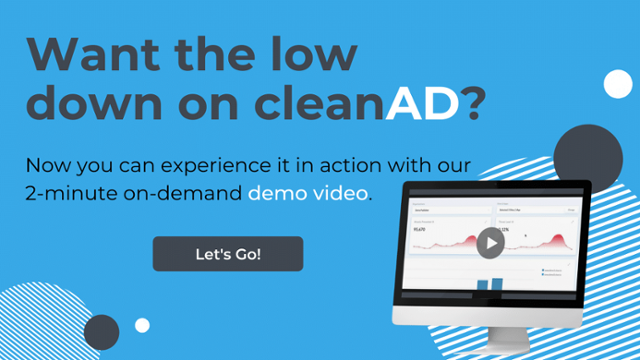What is GoogleSyndication SafeFrame?
by Andrew Reed, on Oct 6, 2021 5:00:00 PM
Although the name may appear in what seems to be potentially harmful or dangerous pop up ads and redirects, Google Syndication is not itself dangerous and shouldn’t be treated like a virus.
Google Syndication is simply a Google owned domain that is used to serve and track ads and other content on web pages through the iFrames on your website.
iFrames
iFrames are frames on your web pages that create windows to content on separate URLs. This means the content within the iFrame is completely isolated and loads independently of the rest of the content on your site.
Because the ad content is being loaded from a separate URL, the code within the iFrame is restricted from interfering with the webpage it is loaded on, helping to protect publishers and users from potentially harmful content, malware, and advertising attacks.
But these restrictions also prevent advertisers from gaining access to data they may require, such as information about the size of the ad space and its viewability.
This is where SafeFrame comes in.
SafeFrame
A SafeFrame container is an API-enable (Application Programming Interface) iFrame, meaning advertisers are able to request information from the main webpage and receive data through the API without needing to write code on your page.
This makes it possible for advertisers to properly scale their ads and receive viewability metrics over a secure form of communication between the ad and the publisher's site.
In this case, googlesyndication.com is simply the URL Google Adsense loads its creatives from. If you are experiencing problems with ads on your site, it is likely that Googlesyndication is not to blame, but rather the result of a bad ad being served through the Adsense network.
This happens because while iFrames and SafeFrames are reasonably effective against most malicious advertisers, you are still creating a line of communication that sophisticated bad actors can abuse through cross-site scripting and other vulnerabilities found within your browser.
If you are experiencing serious issues with malvertising on your site, partnering with an ad security group is the best way to protect your webpage, revenue, and users from potentially harmful advertisements.
Most tools accomplish this by adding known malicious actors to a blocklist, preventing their ads from appearing on your site.
-- Article Continues Below --
-- Article Continues Below --
But this strategy has its drawbacks, mainly that publishers don’t get paid for ads that are blocked on their site. And because these groups must constantly update their blocklists, you will always be playing catchup when new threats enter the ecosystem.
At clean.io, our cleanAD product behaviorally detects malicious ads at runtime, meaning your site will remain protected from any and all attacks while also allowing the ad impression to fire.
This means you protect your website, and still get paid for the bad ads you are blocking.
If you are struggling with malicious ads, and are interested in what we can do for your site metrics and overall ad yield, you can sign up for a 14-day free trial here.





